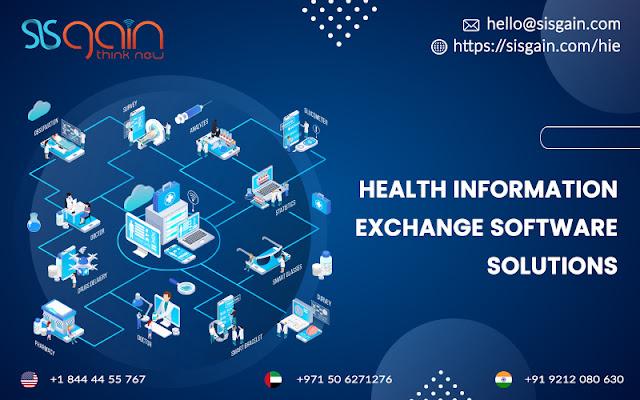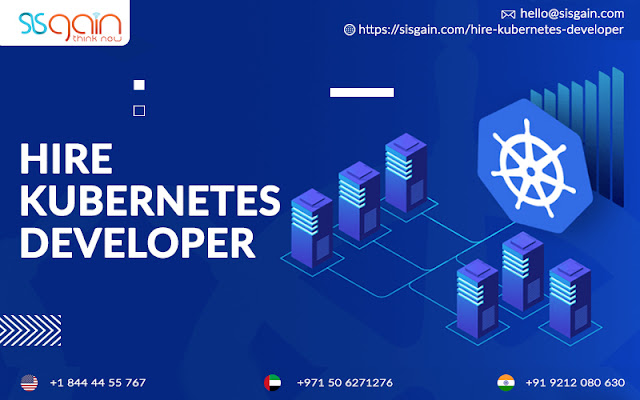If you are looking for a mobile application development company in the UK? You want your next project to be awesome? Then, you have come to the best place to find out which company will work the best for you. If you are a business owner and finding the right app development company has been difficult for you, this blog will benefit you. We will help you find a company that can build mobile applications that increase your users and revenue in no time.
Before we list out the companies, it is important to look for the reason behind their success.
Reasons behind a good mobile app development company

Brand image: It is important to look at a company's brand image because this helps to know how well the company has presented itself in front of its previous clients and how good the clients have thought they are. For doing this, look at the reviews of the companies. Many mobile development agencies in London, like SISGAIN, Clutch, Glassdoor in the market, will give you the best services.
Reviews: Reviews play a big role while selecting a mobile app development company for your project. This is because client reviews are the most honest opinion of the company. These show you how satisfied the project owner was with the final project. To find out the client reviews, contact the previous clients of a mobile app development company and get the information.
Portfolios: A portfolio can tell you a lot of things about the company. This has the entire list of the mobile app development company's client list, applications developed by them, their success numbers, how many projects they have completed, and how the app developed by them has generated revenues.
Size of the company: The size can tell you a lot about the projects delivered by the team and how long they take to deliver one project. Companies with a small number of employees can be a cheaper option, but they might not have the best numbers when developing the project.
Pricing: Price matters a lot. The hourly price of a project can tell you a lot about how affordable the company is. One important thing to keep in mind is that sometimes companies offer a reduced price for your project. This does not mean the application developed by them would be awesome. They might not give you the best solutions. Carefully consider the company you work with.
Recognition: This is one of the best ways to know about the status of the company. It is to learn about their recognitions gathered over a while.
Down below, we have mentioned the top-rated companies in the UK for mobile app development services.
Top mobile application development companies in the UK
1. SISGAIN - SISIGAIN has been developing a mobile application for more than a decade now. They have robust and highly scalable mobile app development services and solutions for their clients. They have been able to address the challenges and complexities of app development with the help of their tailored mobile app development.
SISGAIN has a team of experienced and highly skilled developers who work and track all their functional projects. Applications developed by them help in finding the right solutions. Their dedicated team is the most suitable, and you can cooperate for mobile app development and other IT solutions.
SISGAIN has a customer-centric mobile app development approach. They have worked with several companies worldwide and have provided them with increased customers, sales and profits.
SISGAIN can help you develop applications using different techs and tools, such as native, hybrid, web, xamarin, flutters, etc. They have received several awards along their mobile app development journey.
Their applications offer an unprecedented opportunity for your organization to reach out to customers from around the world. With their expertise and passion for mobile app development in the UK, they can help you make your next mobile app dream come true in no time.
2. Fueled - Fueled started in the year 2008. The company has been ranked as one of the top mobile app development companies in the UK. They have a wide range of services for their customers, and their app has an agile methodology. The company is based in the UK and USA only. They have built an application for the play store. Fueled has an average hourly charge for their clients.
The applications are based on enterprise app development. The company has worked with many clients over the years, like the Summit series, Crunch base, etc.
3. Dotsquares - This company was founded in the year 2002. They have a big team of developers and in total have about five hundred workers working with them. The company is based in the UK, India, USA, etc. They have worked with different brands and startups over the years. They are IO-certified. This is why so many clients book them.
Dotsquare is considered one of the leading android mobile app development companies in the UK. Their hourly rates are about 25 US dollars. They have developed applications for cross platforms, IoT, etc. Their client reviews have helped them grow so much.
4. Appitized - This company was founded in 2011, and since then, they have worked with different clients. They can help you build mobile applications for cross platforms. They built high-quality applications.
Their company is not as big as others, but they know how to deliver the right services to their clients. Applied have developers mobile apps for iOS and Android platforms.
5. Fluper - Fluper was founded in 2013 and has already become one of the top mobile app development companies in the UK. They have worked with clients worldwide and have a team of about 300 mobile app developers.
Fluper has won a lot of awards over the years. They have Google-certified mobile app developers. Their hourly app development rates are pretty average. They can help build cross-platform applications and use tools like blockchain, JavaScript, VR, etc.
Their client list is quite notable. For example, they have worked with Bangood.com, Deliveroo, Grab, etc.
6. Nomtek - The company came into existence in 2009 and had offices all over the UK. However, they have taken their business to many other countries, like Germany, the USA, Poland, etc. They are the best in solving problems related to mobile app development rather than in the development process.
The company is very small in size. They have about 50 total employees. Their hourly rates start from 50 dollars and can go up to 100 or 150 dollars.
Montek has developed an application for iOS and Android platforms. They are great at UI/UX designing and handling native app development. They have worked with Newsweek, Gigaset, etc.
7. Waracle - They have been providing mobile application development since 2004. Their applications are built with top-notch techs and tools. Their team has about 200 employees, and all of them are incredibly skilled.
Waracle has offices in London, Edinburgh, Dundee, and other places in the UK. They have worked with Royal London, Scottish power, and the big names in these 16 years.
Conclusion
Hopefully, one of these companies will become your partner in the future. First, take your time while deciding on the company you want to work with. Then, make a decision that helps your organization grow and attract more users.










